Transport robot
Hospital Delivery robot
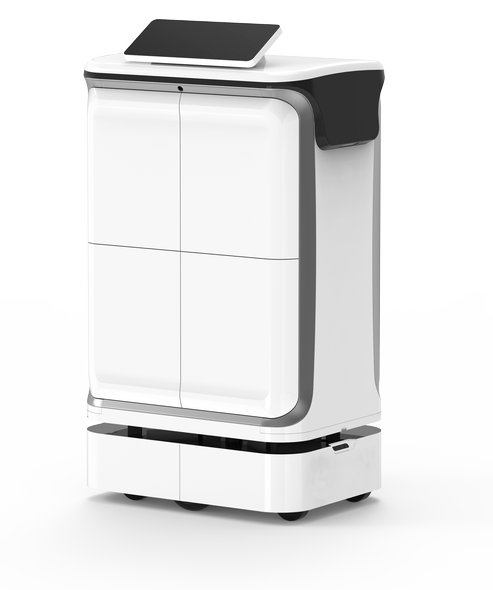
Macrogate's hospital delivery robot is designed for high-volume deliveries. With features such as self-controlled lift door calling, automatic recharging, self-disinfection and video recording, it provides round-the-clock services and maximises the benefits of hospital logistics

Modular design
Lower maintenance costs, more stable quality.

Autonomous navigation
"Vision + Radar" fusion-based SLAM technology, which enables area-wide autonomous navigation over a wide area.

Battery management
Automatic return to the charging station when the battery is low. Several manual charging options are also available.

Collaborative obstacle avoidance
Multi-robots can work together to avoid obstacles, preventing them from bumping into people, seats and benches in crowds.

Self-disinfection
Automatic UV disinfection in the cabin to prevent sample contamination

Management of scheduling
The management programme supports the planning and monitoring of several robots in real time.
Automatic opening
Automatic opening
The robot opens its door so that the medical staff can place or remove objects.
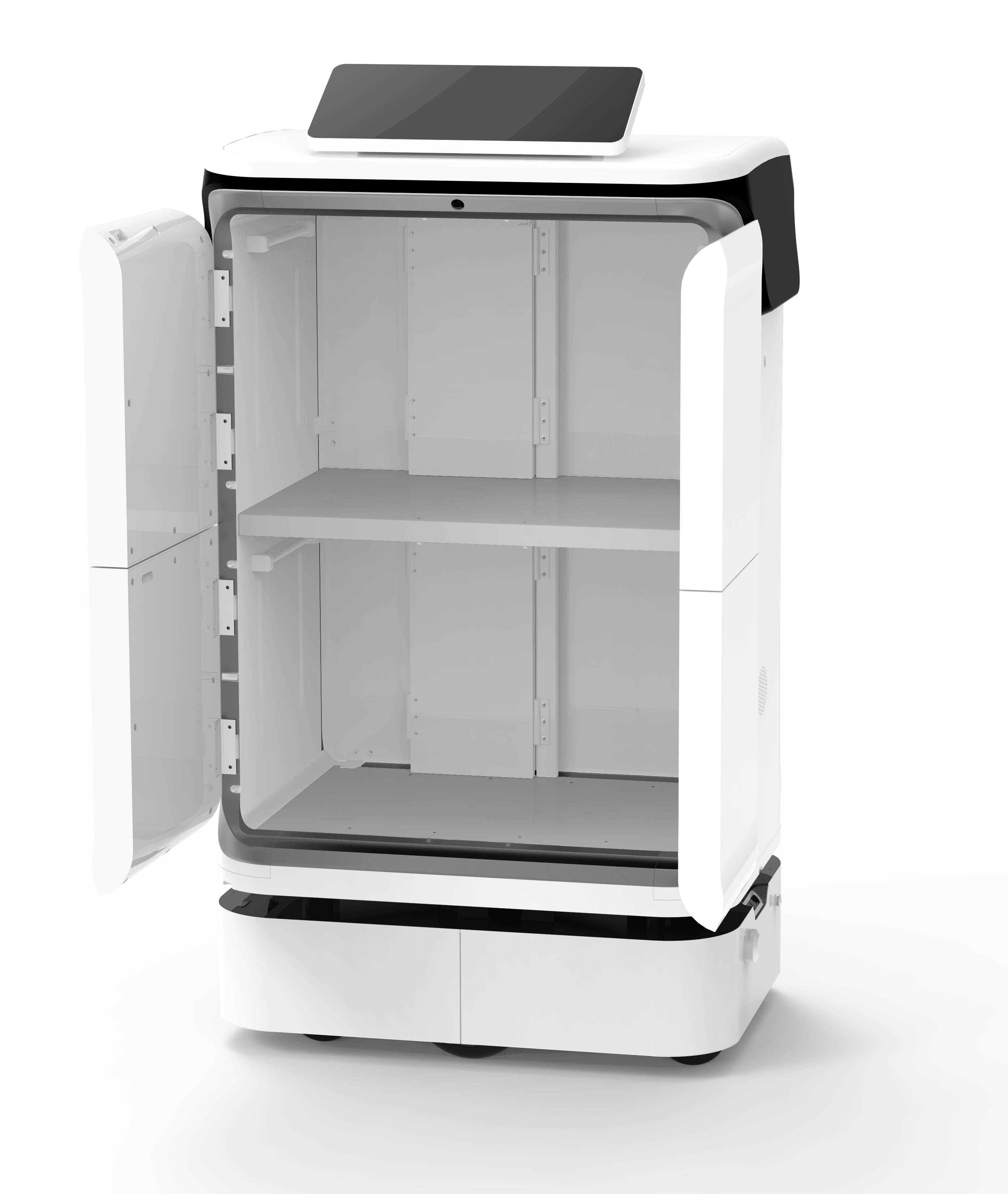
The robot automatically delivers
The robot automatically delivers
The robot automatically delivers items, takes lifts and avoids fire doors.
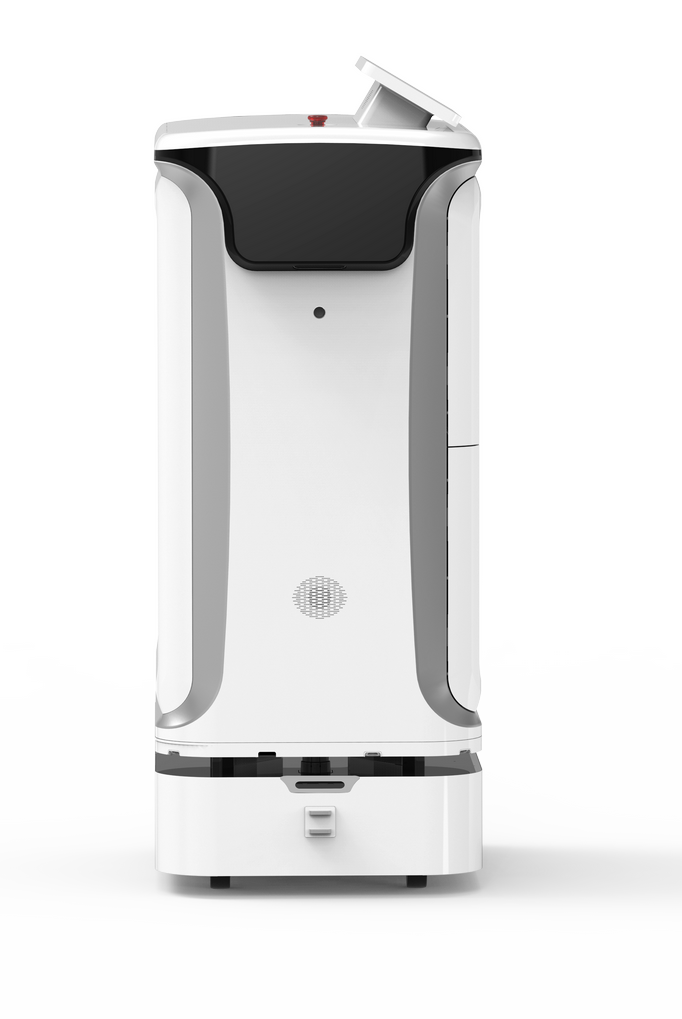
Communication
Communication
Voice/loudspeaker/telephone reminder on arrival
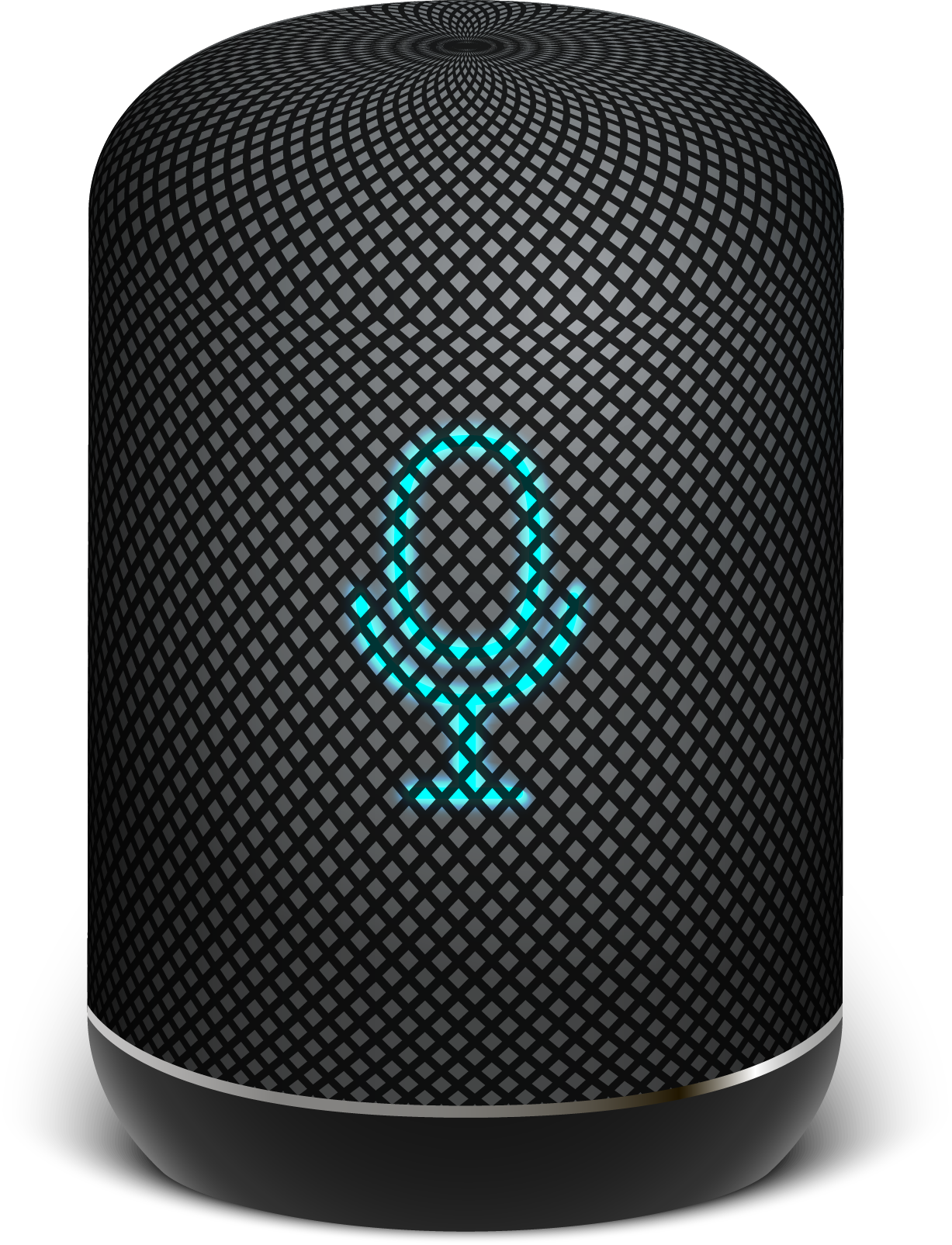
Automatic disinfection
Automatic disinfection
The robot carries out the delivery tasks and returns to the standby point on its way back after automatic UV disinfection in the cabin.

Recipient of objects
The recipient of objects
The recipient of the items swipes a card or enters passwords to receive the items.

-
Automatic opening
-
The robot automatically delivers
-
Communication
-
Automatic disinfection
-
Recipient of objects
Automatic opening
The robot opens its door so that the medical staff can place or remove objects.

The robot automatically delivers
The robot automatically delivers items, takes lifts and avoids fire doors.

Communication
Voice/loudspeaker/telephone reminder on arrival

Automatic disinfection
The robot carries out the delivery tasks and returns to the standby point on its way back after automatic UV disinfection in the cabin.

The recipient of objects
The recipient of the items swipes a card or enters passwords to receive the items.

Multi-Point-Delivery

The robot travels to the standby point at a specific time every day.

Opens its door to medical staff.

Voice/ loudspeaker/ telephone reminder on arrival

The robot carries out the delivery tasks and returns to the standby point after automatic UV disinfection in the cabin.
UV lamp disinfection
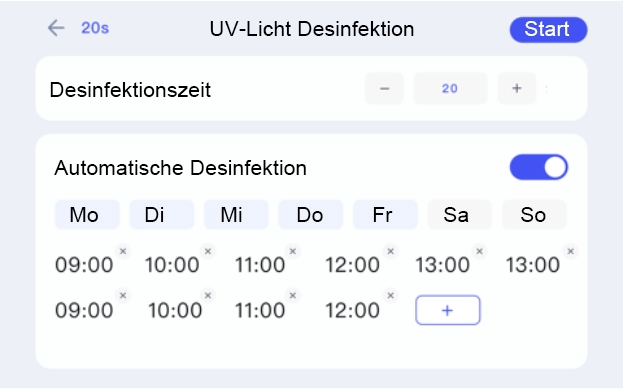
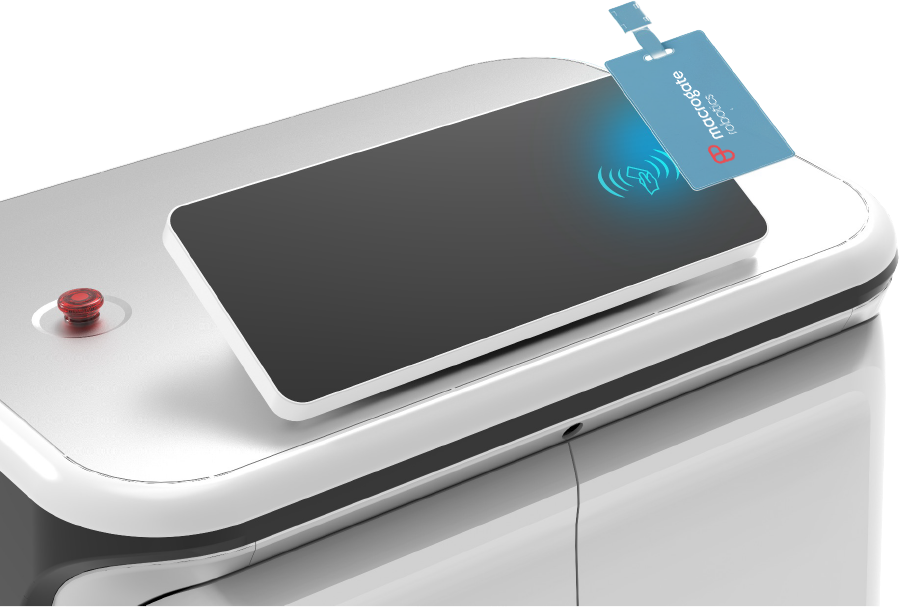
Call
Each medical department and triage area receives an IC card that can be used to open a specific cabin door of the robot and remove the items to avoid situations such as the removal of incorrect or missing items.
Hospital delivery robot
Multi-point delivery, calls, co-operation of several machines, Can be used in strong light, reflected light and dark light. Can be used in front of dense crowds and floating obstacles. Full coverage map. No need to stick on tracking devices.
System implementation plan
Matching: Firstly, we get to know the requirements of the hospitals
Physical barriers: Emergency exits, steps, slopes 70cm width of each passage area, which should be long and straight
Location of the service: Confirm the departments served and the items delivered
Location of the charging station: 220V, no obstacles in a semicircle of 1m radius, which is set up against the wall, flat floor
Network: 4G signal strength in the robot's operating environment
Lift: The height of door thresholds in lifts, the presence or absence of mirrors in lifts
Design: Confirm the type, number, installation location and routes of the robot, the location and number of facilities to be reached, the price and the construction time required by the hospitals.
Discussion: Adaptation of the project design according to the requirements of the hospitals
Mapping: Mapping the robot's routes
Location marking: Mark the places you want the robot to pass by
Installation of the lift control units: Joint installation by robot, hospital and lift maintenance team
IoT module access: Installation of the IoT module for fire doors
Robot test: Test of all functions
Material delivery: Robot (including charging station), coordinated APP/mini programme
Training on use and maintenance: On-site explanation and distribution of manuals
Customer service by the technical manager: Building a co-operative relationship
Service prices
With us, you can decide the term and payment yourself:
Term 48 months
Terms 24/36/48/60 months
Delivery included
Installation at cost
On-site training
Service & maintenance
Emergency hotline
Replacement service within 48 hours
Update service
24h monitoring
Event / Testrobot
From 2 weeks
Delivery included
Installation at cost
On-site training
Service & maintenance
Emergency hotline
Replacement service within 48 hours
Update service
24h monitoring








